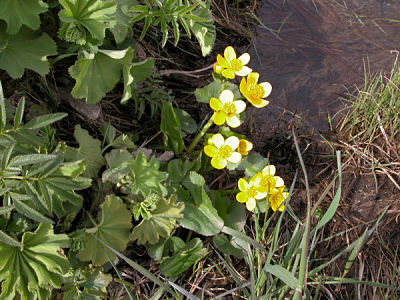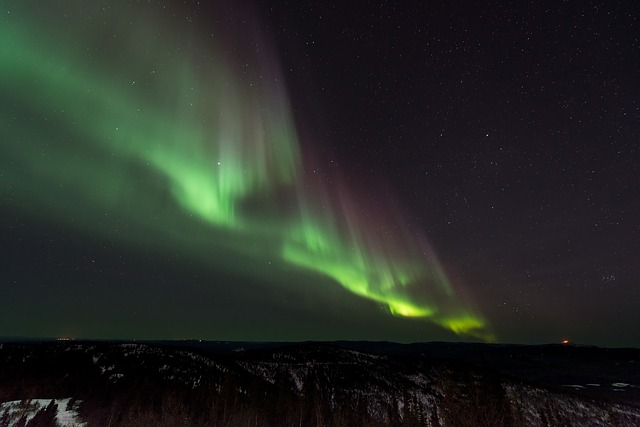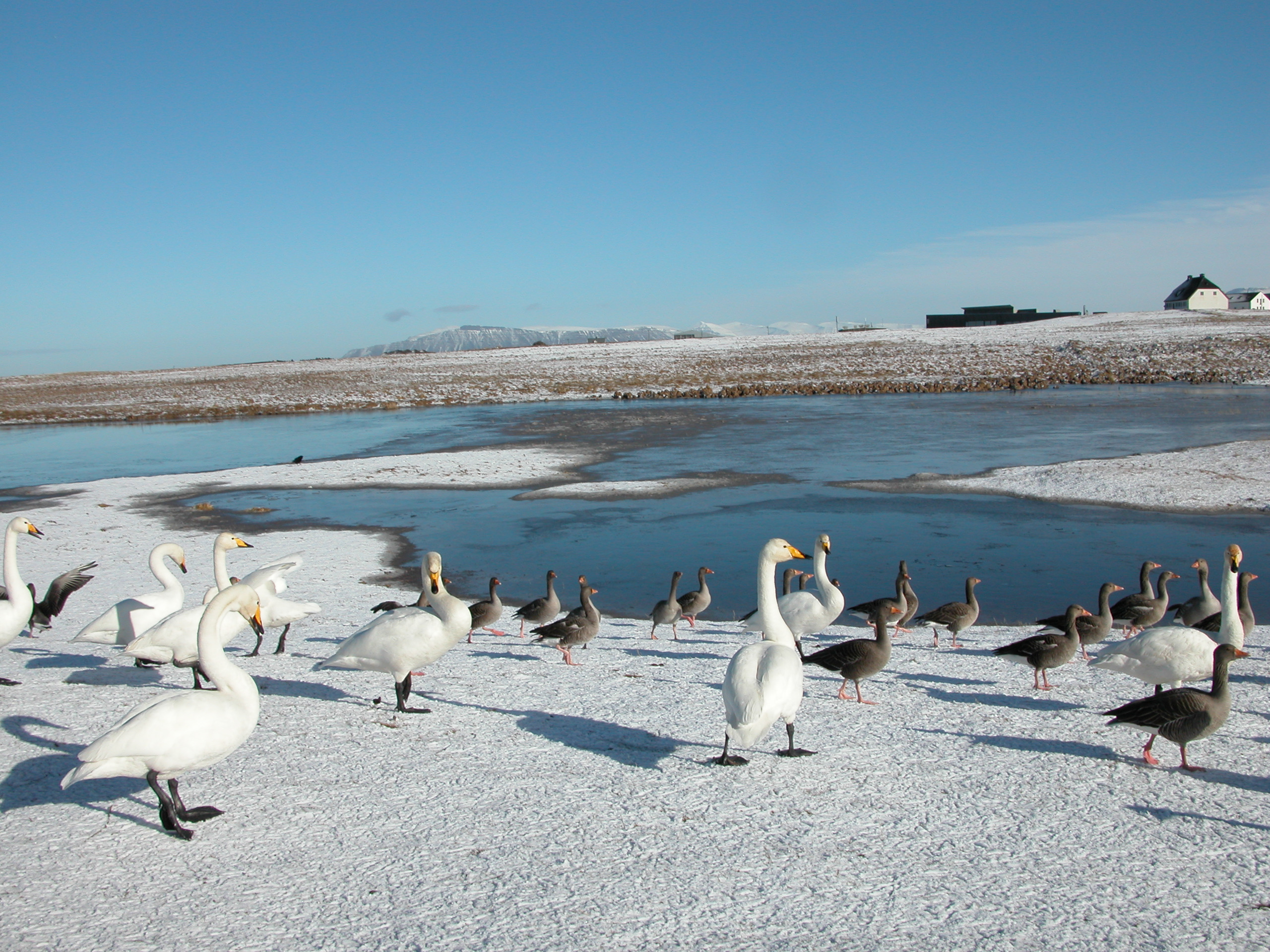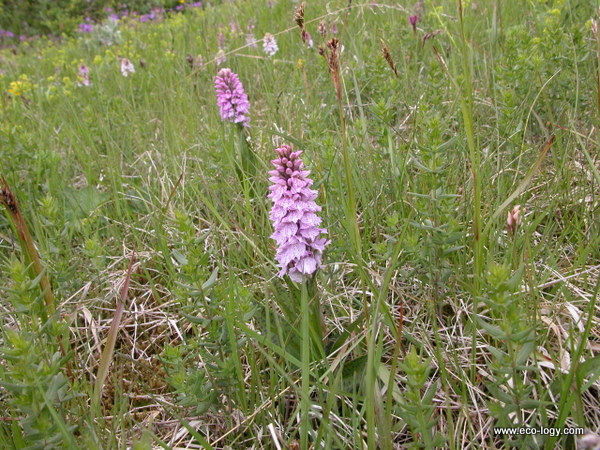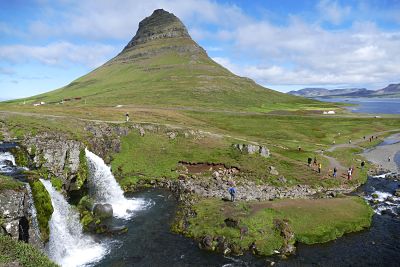Tropical forests - past, present and future
The world's tropical forests occur between the Tropics of Cancer and Capricorn, in areas of high temperatures, plenty of sunshine and abundant rainfall. Tropical forests are diverse; typically the forests are dense and layered, with openings for the establishment of woody plants, palms, ferns and occasionally herbs. The giant trunks and strong branches often carry a heavy epiphyte load of orchids and bromeliads. Lianas climb and wind their way up the tree trunk and into the openings in the high canopy. Many tropical plants, such as members of the genus Passiflora, flower in the dry season.
While, nutrient turnover rates are typically high in the forests the soils remain rather nutrient poor. The rainforest food webs are often complex with the rich flora providing an abundance of diverse plant material ranging from nutritious seeds and fruit to juicy nectar and sap sources for countless insects, reptiles, birds and mammals. Currently, this diversity is threatened by man as the forests are much too often cleared on a destructively large scale. This is one of the major reasons why the loss of tropical forests is among the greatest environmental threats facing humanity.
Further readings
Arnthorsdottir, S. 2008. On the growth of lianas in a rainforests. Iceland Forestry, 2: 30-45 (in Icelandic).
Skráðu þig til að fá Gróðurfréttir! - Sign up to receive Botany News!

